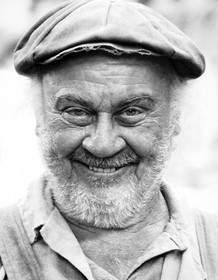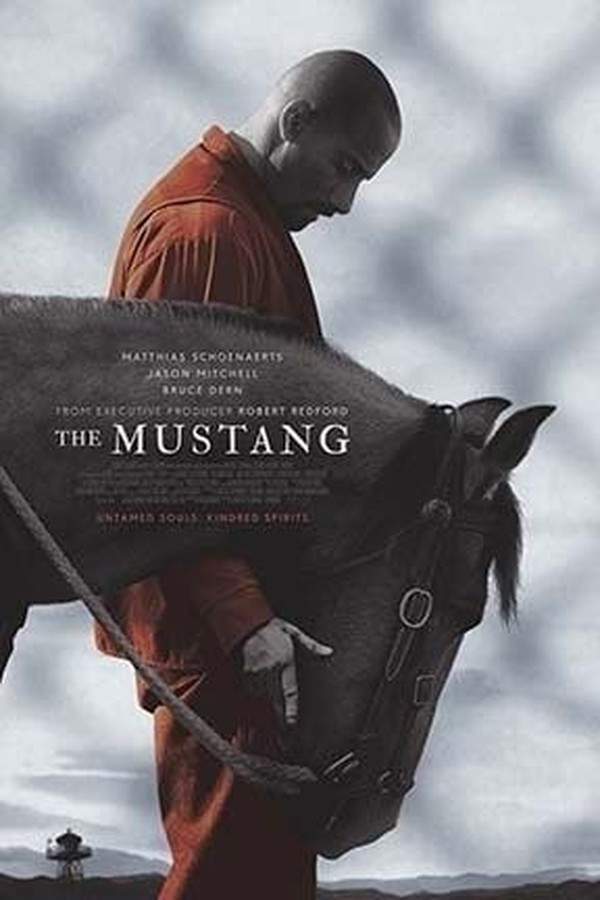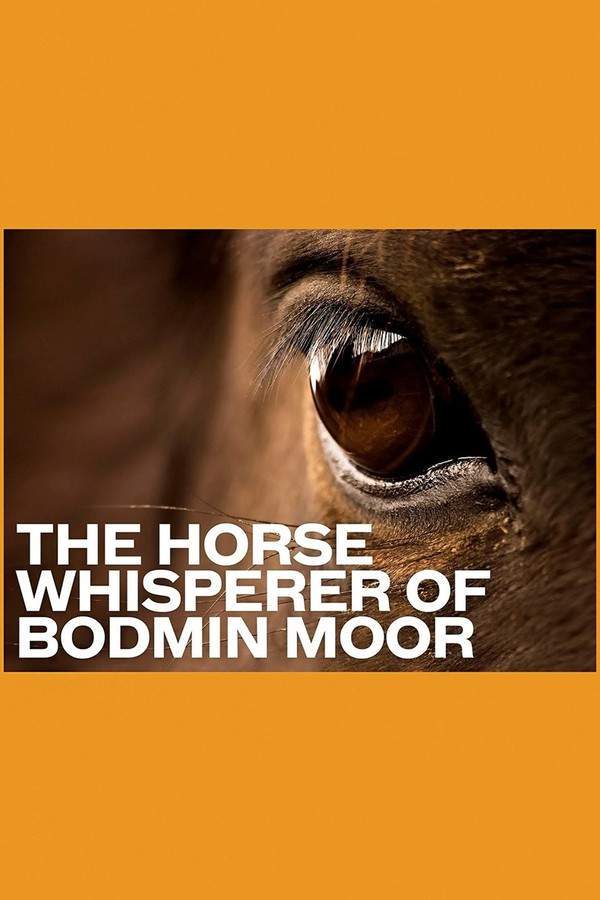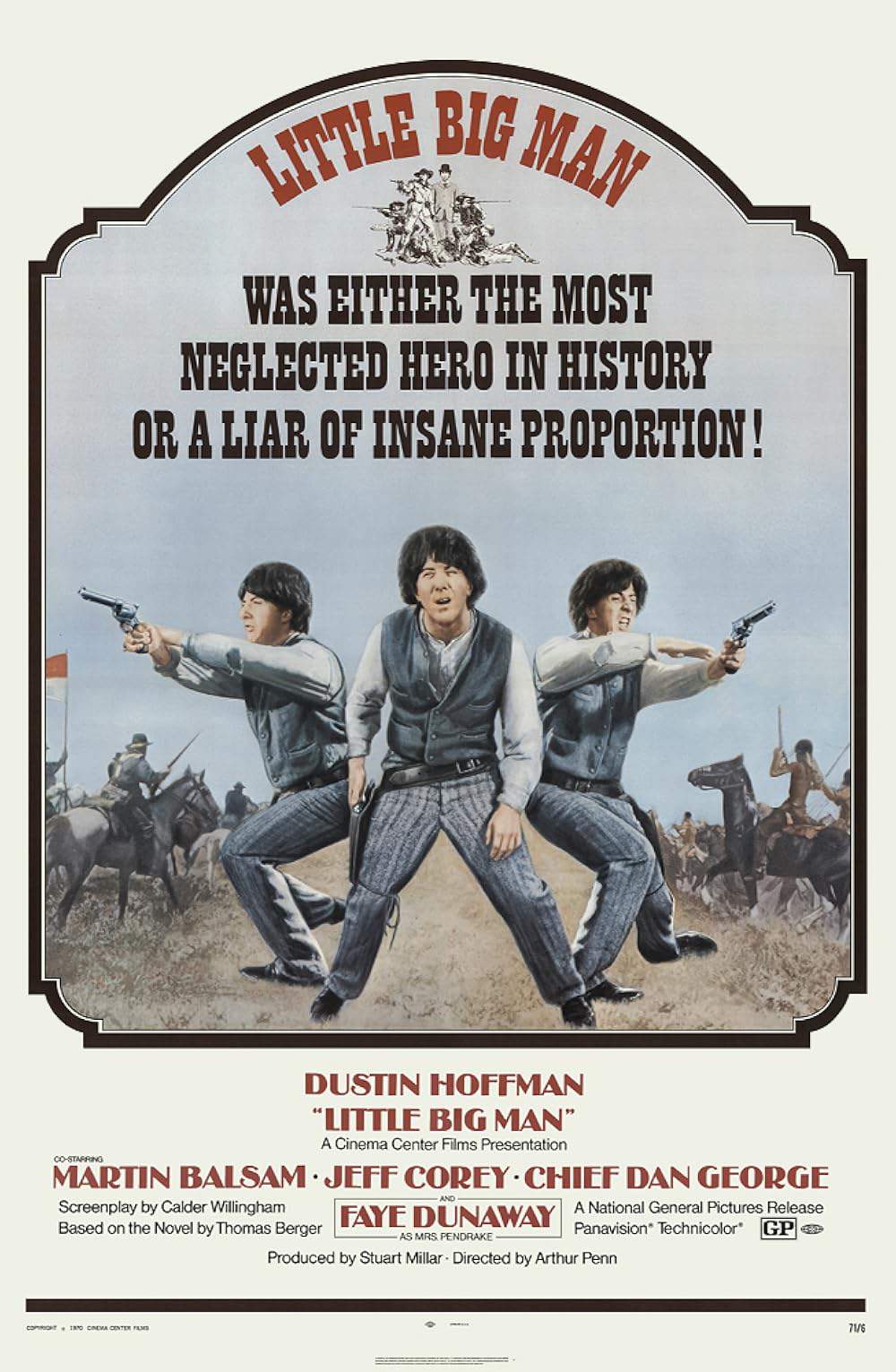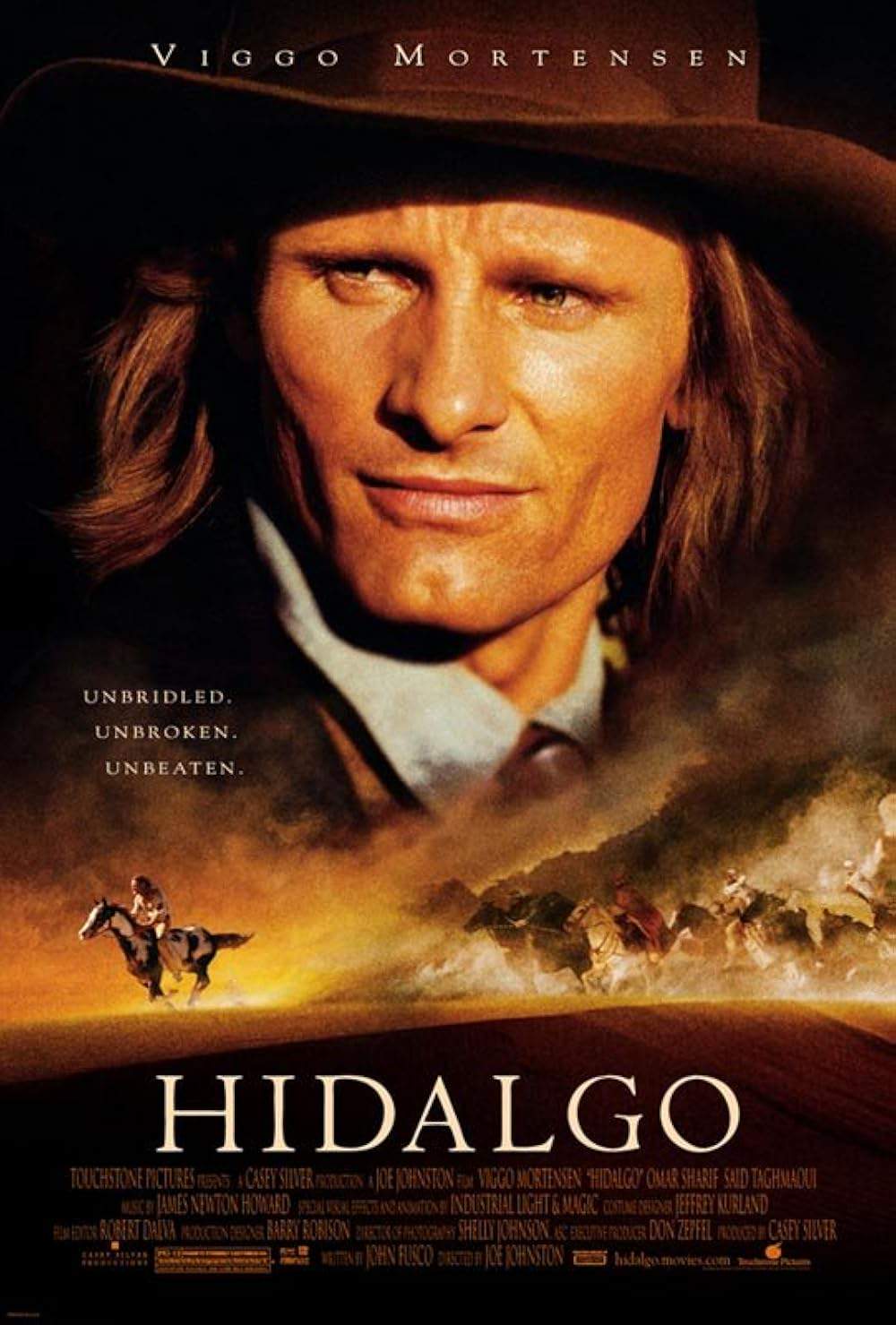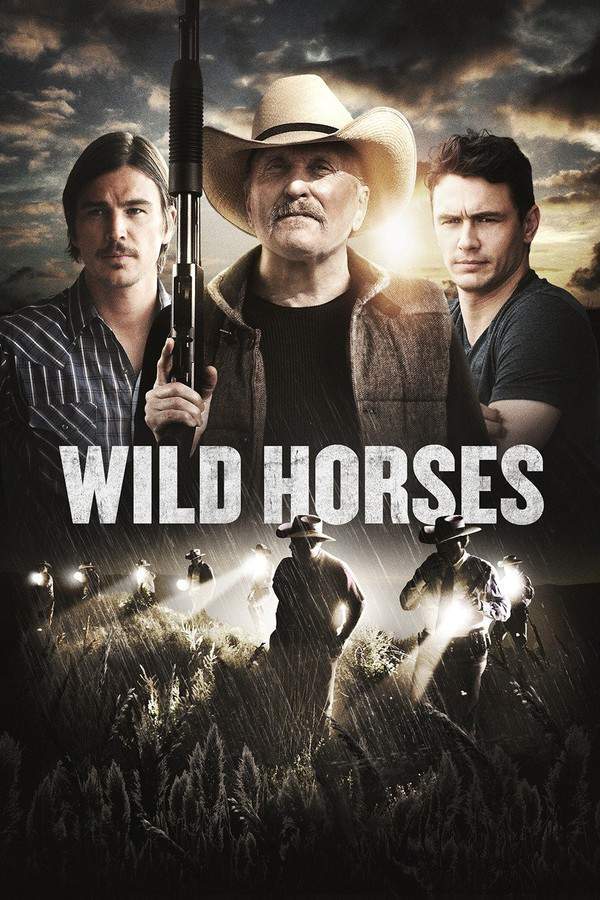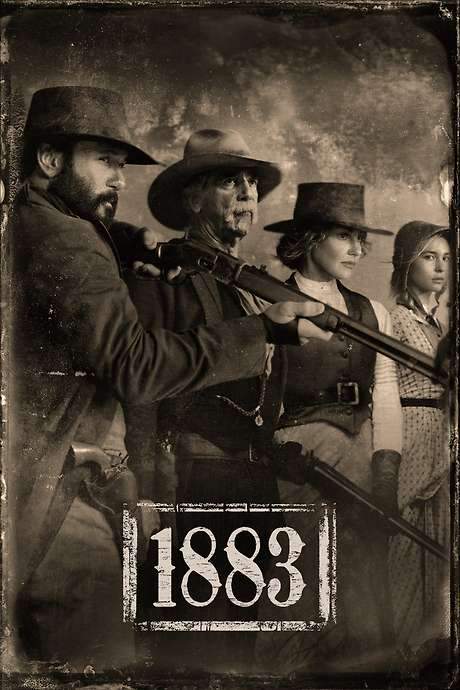A Man Called Horse 1970
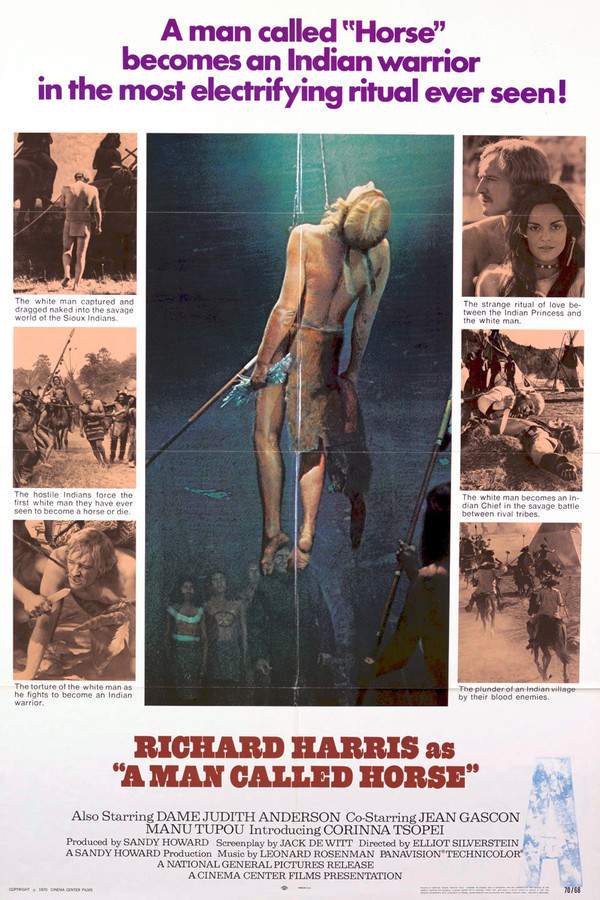
In 1825, English hunter John Morgan is captured and taken as a captive of a Sioux tribe. Stripped of his privileged life, he is forced into servitude alongside another captive, Batise. Through perseverance and courage, Morgan begins to learn the Sioux language and customs. He proves his worth in battle, gradually earning the respect of the tribe and shedding his aristocratic background to fully embrace the Sioux way of life and become one with the proud nation.
Does A Man Called Horse have end credit scenes?
No!
A Man Called Horse does not have end credit scenes. You can leave when the credits roll.
Meet the Full Cast and Actors of A Man Called Horse
Explore the complete cast of A Man Called Horse, including both lead and supporting actors. Learn who plays each character, discover their past roles and achievements, and find out what makes this ensemble cast stand out in the world of film and television.
External Links and Streaming Options
Discover where to watch A Man Called Horse online, including streaming platforms, rental options, and official sources. Compare reviews, ratings, and in-depth movie information across sites like IMDb, TMDb, Wikipedia or Rotten Tomatoes.
Ratings and Reviews for A Man Called Horse
See how A Man Called Horse is rated across major platforms like IMDb, Metacritic, and TMDb. Compare audience scores and critic reviews to understand where A Man Called Horse stands among top-rated movies in its genre.

46
Metascore
6.3
User Score


87%
TOMATOMETER

61%
User Score

65
%
User Score
Take the Ultimate A Man Called Horse Movie Quiz
Challenge your knowledge of A Man Called Horse with this fun and interactive movie quiz. Test yourself on key plot points, iconic characters, hidden details, and memorable moments to see how well you really know the film.
A Man Called Horse Quiz: Test your knowledge on the film 'A Man Called Horse' and its remarkable themes of transformation and cultural integration.
Who plays the role of John Morgan in 'A Man Called Horse'?
Richard Harris
Sean Connery
Robert Redford
Clint Eastwood
Show hint
Full Plot Summary and Ending Explained for A Man Called Horse
Read the complete plot summary of A Man Called Horse, including all major events, twists, and the full ending explained in detail. Explore key characters, themes, hidden meanings, and everything you need to understand the story from beginning to end.
As the English aristocrat John Morgan finds himself thrust into the most unexpected of situations—being captured, enslaved, and relegated to a mere beast among a Native American tribe—he experiences a truly transformative journey. At first, Morgan encounters hostility and disdain, yet through his willingness to immerse himself in the local culture, he gradually earns the respect and admiration of his captors.
Central to this metamorphosis is the influence of Batise, the tribe’s half-breed fool, who, having made a previous escape attempt, now finds himself powerless after being hamstrung behind both knees. As Morgan delves into the intricacies of Sioux customs and traditions, he begins to appreciate the vibrant cultural legacy of his captors, discovering a world rich with meaning and significance.
In a striking act of bravery, Morgan casts aside his aristocratic upbringing and engages in battle against two warriors from a rival Shoshone tribe, successfully slaying them. This bold decision earns him the honor and title of a warrior among his newfound family. Following this watershed moment, he proposes marriage to one of the tribe’s women, offering a bride-price in the form of horses acquired through conquest, and bravely undergoes the painful initiatory rites that confirm his commitment.
As he embraces the Sioux name “Shunkawakan” or “Horse,” Morgan’s worldview starts to shift dramatically. His growing comprehension of the tribe’s values is underscored when he confronts Batise, whose limited understanding of Sioux culture has led him to see death merely as an escape route. This confrontation marks a significant turning point in Morgan’s evolution, as he becomes deeply invested in the lives and struggles of his adoptive kin.
Morgan solidifies his newfound status during a crucial moment, playing a pivotal role in defending the tribe against an attack from the Shoshone enemy. As he stands alongside his tribe, Morgan transcends his original predicament, truly becoming a son of the Sioux people. His English aristocracy gives way to a profound bond with the land and its inhabitants, illustrating the deep connections that can arise when one opens their heart to understanding and embracing new cultures.
Uncover the Details: Timeline, Characters, Themes, and Beyond!

Coming soon on iOS and Android
The Plot Explained Mobile App
From blockbusters to hidden gems — dive into movie stories anytime, anywhere. Save your favorites, discover plots faster, and never miss a twist again.
Sign up to be the first to know when we launch. Your email stays private — always.
Watch Trailers, Clips & Behind-the-Scenes for A Man Called Horse
Watch official trailers, exclusive clips, cast interviews, and behind-the-scenes footage from A Man Called Horse. Dive deeper into the making of the film, its standout moments, and key production insights.
A Man Called Horse Themes and Keywords
Discover the central themes, ideas, and keywords that define the movie’s story, tone, and message. Analyze the film’s deeper meanings, genre influences, and recurring concepts.
A Man Called Horse Other Names and Titles
Explore the various alternative titles, translations, and other names used for A Man Called Horse across different regions and languages. Understand how the film is marketed and recognized worldwide.
Similar Movies To A Man Called Horse You Should Know About
Browse a curated list of movies similar in genre, tone, characters, or story structure. Discover new titles like the one you're watching, perfect for fans of related plots, vibes, or cinematic styles.
Quick Links: Summary, Cast, Ratings, More

What's After the Movie?
Not sure whether to stay after the credits? Find out!
Explore Our Movie Platform
New Movie Releases (2025)
Famous Movie Actors
Top Film Production Studios
Movie Plot Summaries & Endings
Major Movie Awards & Winners
Best Concert Films & Music Documentaries
Movie Collections and Curated Lists
© 2025 What's After the Movie. All rights reserved.




